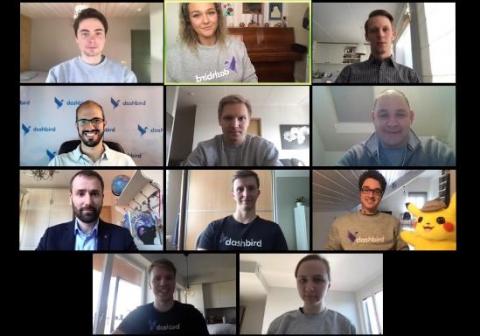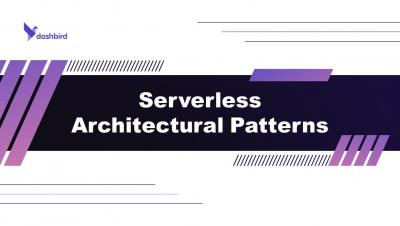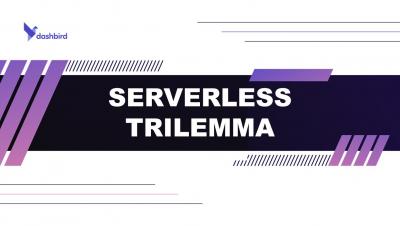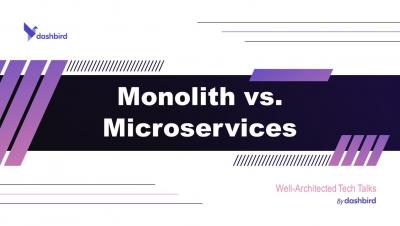Why Serverless Apps Fail and How to Design Resilient Architectures
We’ve been monitoring 100,000’s of serverless backend components for 2+ years at Dashbird. In our experience, Serverless infrastructure failures boil down to: These isolated faults become causes of failure due to dependencies in our cloud architectures (ref. Difference of Fault vs. Failure). If a serverless Lambda function relies on a database that is under stress, the entire API may start returning 5XX errors.






